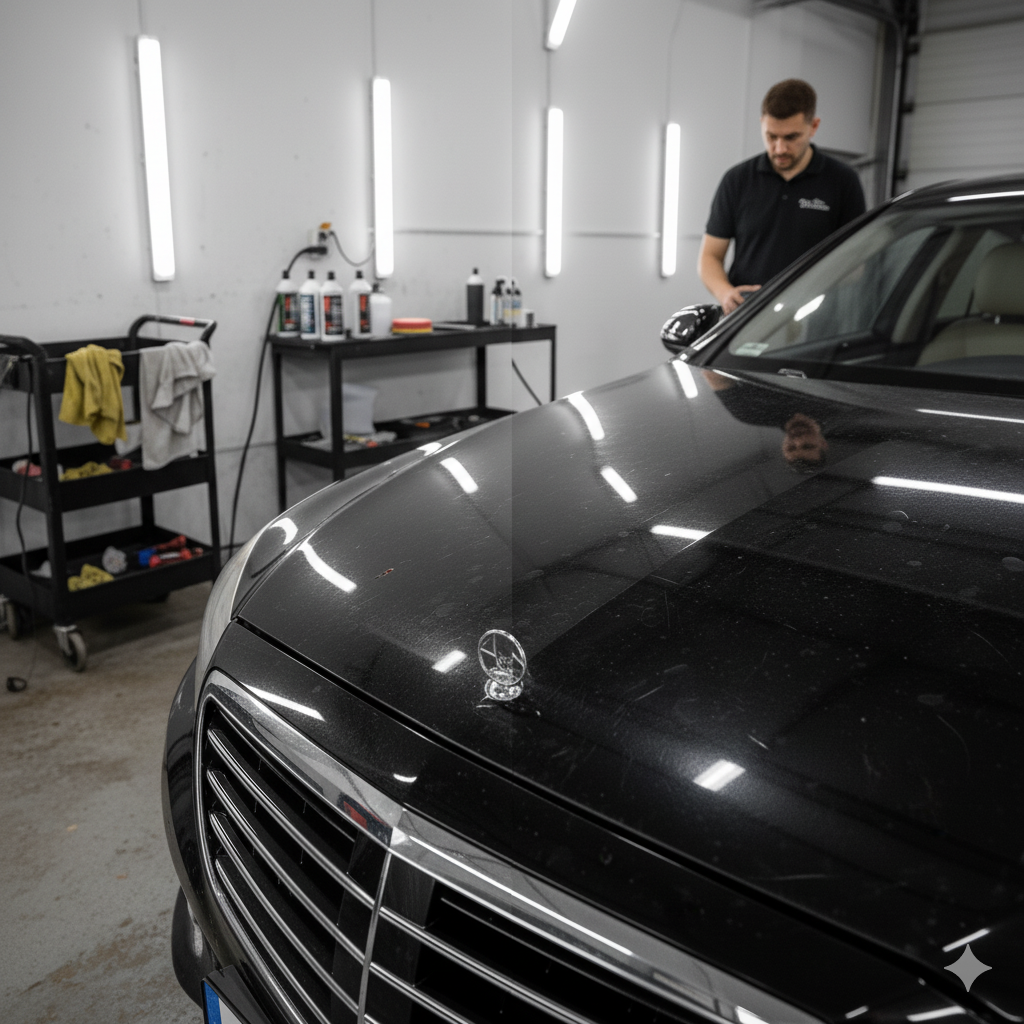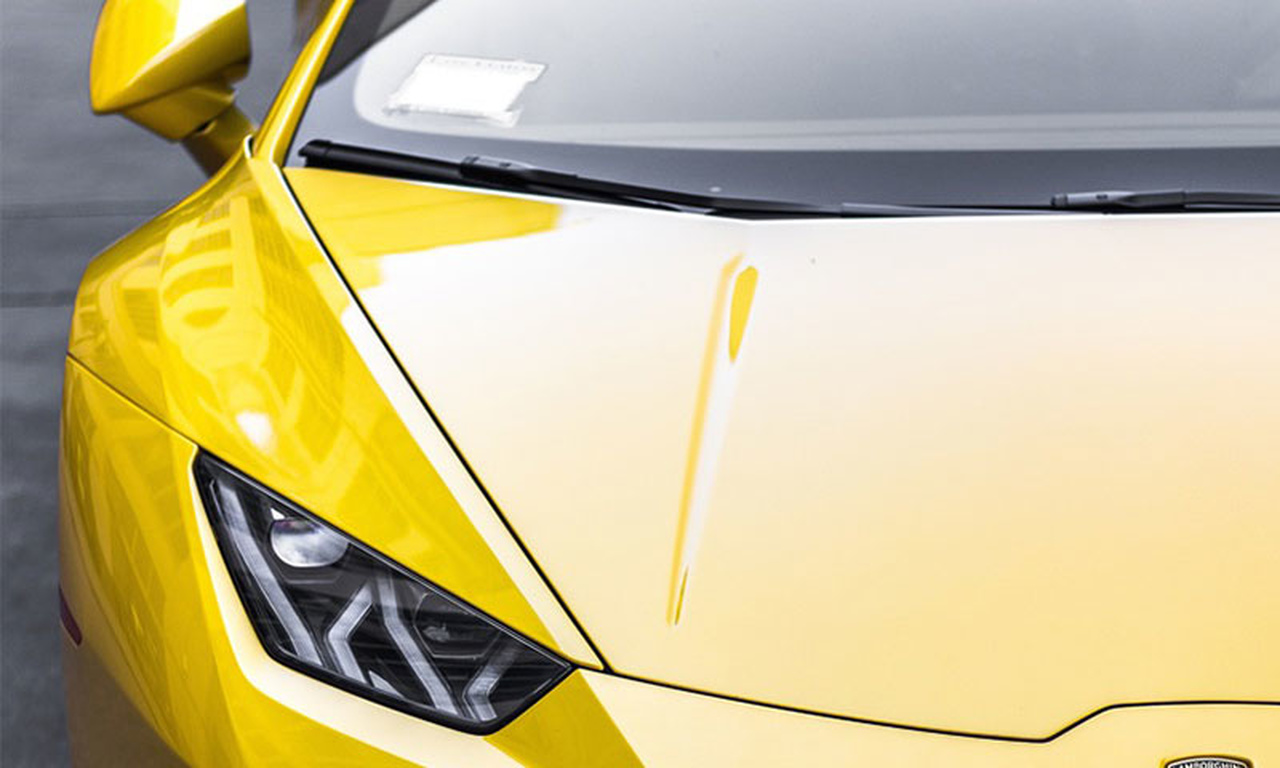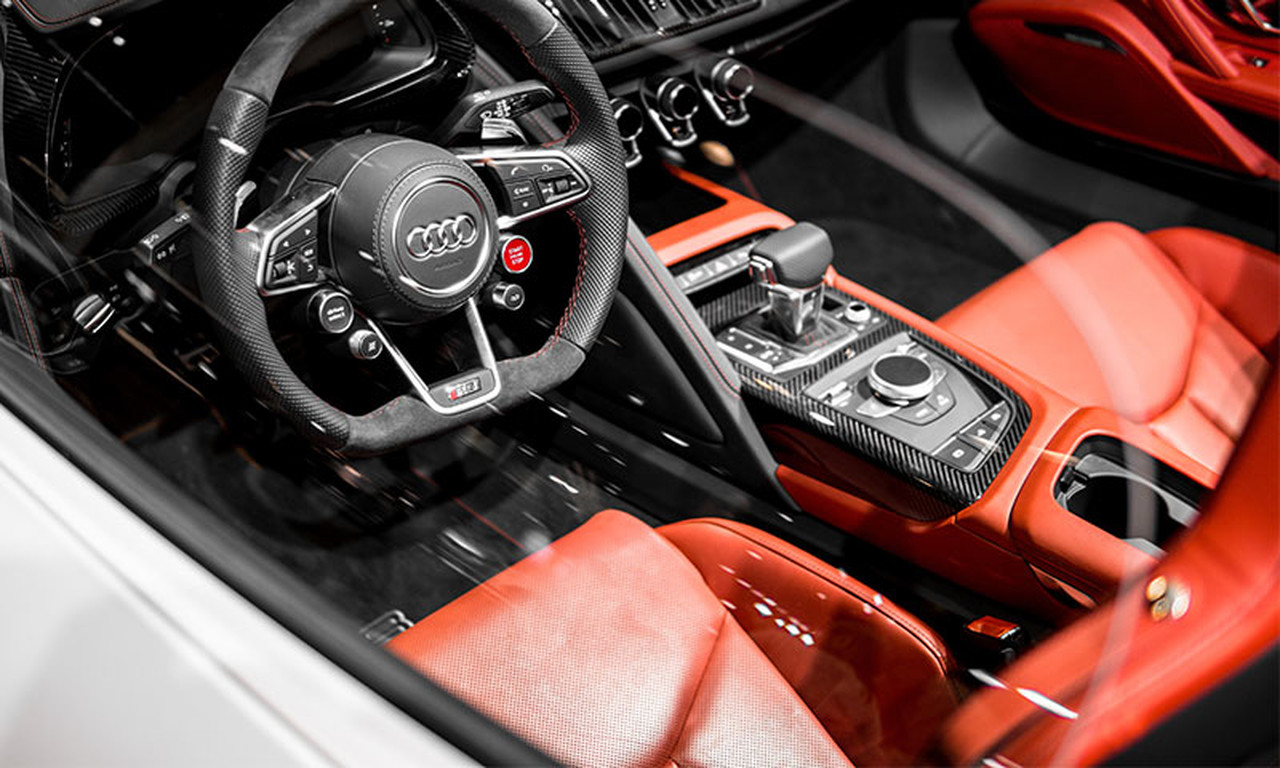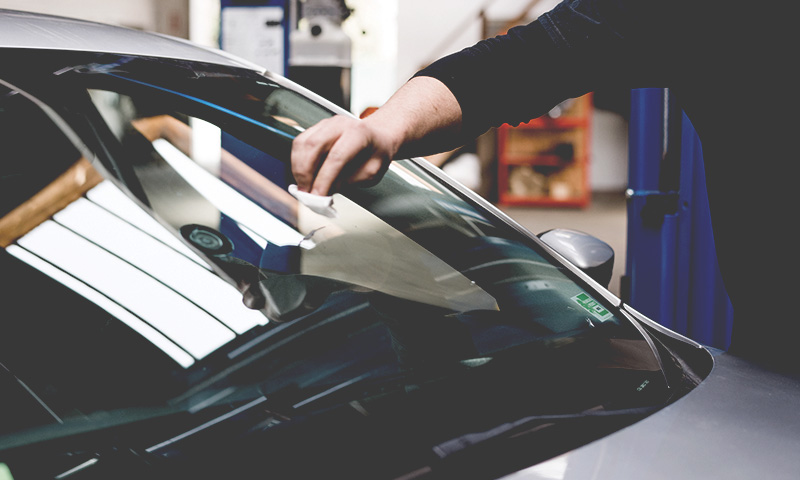Car Polishing
Professional Car Polishing and Paint Protection
Our car polishing service restores your vehicle’s paint shine and removes minor scratches and spots. We use high-quality polishing compounds and professional techniques to ensure lasting gloss and protection of your car’s body from environmental impacts. Polishing helps extend the life of the paint and makes your car look like new.
Why Car Polishing is Important?
Your car is your business card, a tool for work, and a reliable partner. The body is the most valuable part of a vehicle, determining its appearance and condition. Every day, the paint and clear coat are exposed to harsh environmental factors, automatic car wash brushes, road dust, snow brushes, and other damages. As a result, scratches appear, dirt eats into the paint, and the car’s appearance dulls — especially noticeable on dark-colored vehicles.
How Polishing Works
Fading and scratches occur due to micro-cracks and dirt. Polishing smooths small imperfections on the paint and clear coat and carefully cleans the surface. Before polishing, road dust, bitumen residues, and dead insects are removed using abrasive clay and specialized cleaning products.
Types of Polishing
Car polishing is divided into two main types: restorative polishing and protective polishing.
Restorative Polishing
During restorative polishing, polishing machines and compounds with varying abrasiveness are used to smooth out scratches and surface imperfections. The polishing compound typically removes a thin layer of clear coat (2–4 μm). For deeper scratches, eccentric sanding machines and abrasive materials are used. Pre-treatment is done with sandpaper. After machine polishing, so-called holograms may appear, which are removed with ultra-fine abrasive compounds.
Protective Polishing
During protective polishing, a thin protective layer is applied to the surface, preserving the paint’s gloss and preventing further wear. Protective polishing extends the life of the paint and clear coat, reduces scratch formation, and ensures the car’s body remains shiny for years.



Step-by-Step Polishing Process
Car polishing always begins with a thorough wash to remove road dust, dirt, oil stains, and bitumen. Next, the surface is prepared using abrasive clay and specialized cleaning products. During restorative polishing, compounds with varying abrasiveness and a polishing machine are used to smooth out scratches and micro-cracks. Finally, an easy-to-maintain protective layer is applied, preserving the gloss and protecting the car from harsh weather conditions.
When Do You Need Car Polishing?
Car polishing is recommended when you notice dull paint, small scratches, residue from spots, or if the car does not reflect light evenly. Regular polishing helps prevent major damage, extends the life of the paint and clear coat, and ensures a glossy appearance for years.
Car Care Tips After Polishing
After car polishing, avoid aggressive washing in an automatic car wash for at least 48 hours. Use a quality shampoo and dry with a microfiber towel. Regularly renewing the protective layer keeps the car’s gloss and color intensity. Polishing combined with protective products helps prevent scratches and keeps the car looking like new.
Effect After Polishing
As a result of professional car polishing, the color becomes evenly glossy, scratches and micro-cracks are smoothed, and the surface is clean and protected. The car body reflects light beautifully, maintaining color vibrancy and giving the vehicle a luxurious appearance. Regular maintenance prolongs the results and ensures the vehicle’s value is preserved.

Brighter your car is , more attractive it is

Painting and gluing headlamps dubbing tint on lights

Careful work with the use of modern materials

Windshield with high-quality neutralizes the glare of oncoming cars.
